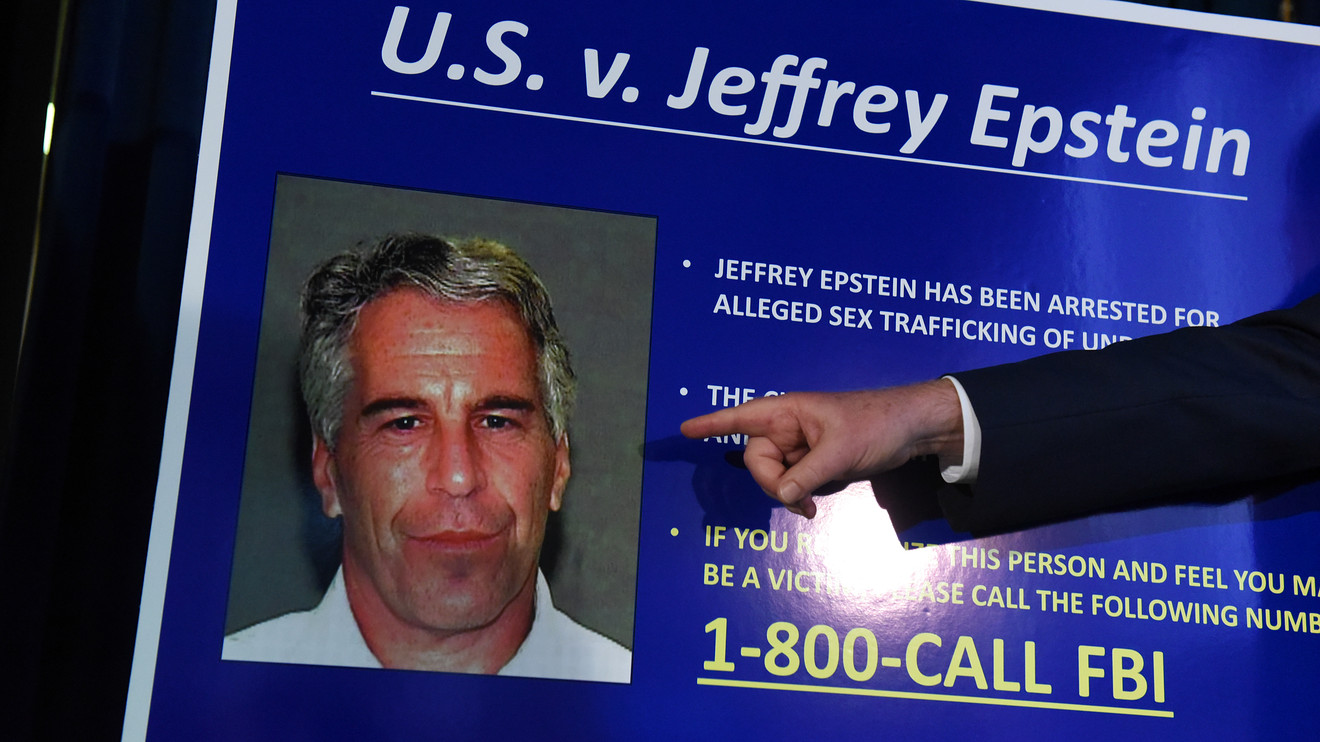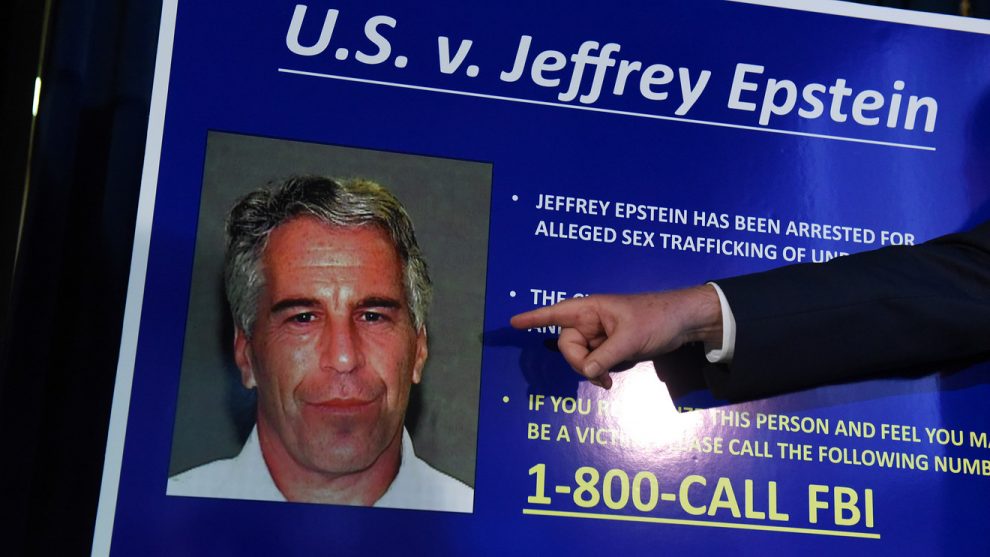
Many of financier Jeffrey Epstein’s alleged underage victims were “particularly vulnerable to exploitation,” prosecutors said this week — and research on sex-trafficking survivors bears out their claim.
Authorities on Saturday charged Epstein, a multimillionaire hedge-fund manager with social ties to Bill Clinton and President Trump, with sex trafficking of minors. In an indictment unsealed this week, federal prosecutors in the Southern District of New York accused Epstein of sexually abusing and exploiting “dozens” of girls as young as 14 in New York and Palm Beach, Fla., from 2002 to 2005 in exchange for hundreds in cash.
One study examining the role of gangs in San Diego sex trafficking found that a majority of facilitators relied ‘less on physical coercion than on exploitation of socioeconomic vulnerability, prior abuse in the home, drug addiction, and mental health issues.’
The 66-year-old registered sex offender also paid many of those victims to recruit more underage girls, prosecutors alleged. Epstein, who pleaded not guilty Monday, faces a maximum 45-year prison sentence.
“Today’s charges serve as a warning to individuals who continue to prey upon some of our society’s most vulnerable population: we are coming for you,” New York Police Commissioner James O’Neill said in a statement.
Epstein had previously been indicted in 2007, when police and prosecutors in Florida alleged he had sexually abused dozens of underage girls in what one detective likened to a “sexual pyramid scheme,” according to the Miami Herald’s Julie K. Brown. He would strike a plea deal in 2008 with then-U.S. Attorney Alexander Acosta — now Trump’s Labor Secretary — that allowed him to serve only 13 months in county jail with generous work-release privileges.
With the help of associates, Epstein lured victims to his home to give him “massages” that would escalate into sexual abuse, this week’s indictment alleged. And he allegedly tended to prey upon a certain type of underage girl, Brown’s investigation found.
Many were from “disadvantaged families, single-parent homes or foster care,” she wrote, with several girls just “one step away from homelessness.” Some girls had endured parents’ suicides, abusive fathers and abused mothers, she added.
“We were stupid, poor children,” one unnamed woman, who said she was victimized by Epstein at age 14, told the Herald.
“We just wanted money for school clothes, for shoes. I remember wearing shoes too tight for three years in a row. We had no family and no guidance, and we were told that we were going to just have to sit in a room topless and he was going to just look at us. It sounded so simple, and was going to be easy money for just sitting there.”
Survivors of human trafficking (including sex and/or labor trafficking) are overwhelmingly female and often young. Around 81% are female and at least a quarter are minors, according to 2017 statistics from the nonprofit organization Polaris, which operates the National Human Trafficking Hotline.
Forty-four percent of sexual assault victims reported a household income of less than $25,000 and the victimization rate among those from households making less than $7,500 was 12 times that of those making more than $75,000, two studies found.
U.S. adult and minor human-trafficking victims number in the hundreds of thousands, Polaris estimates, though there’s no official count. About one in seven endangered runaways reported to the National Center for Missing and Exploited Children in 2018 were likely child sex-trafficking victims, according to the nonprofit.
Some 3.8 million adults globally experienced forced sexual exploitation in 2016, the International Labor Organization estimates, while 1 million children experienced commercial sexual exploitation.
And economically disadvantaged individuals often fall prey to such exploitation: One 2016 study examining the role of gangs in San Diego sex trafficking found that a majority of facilitators relied “less on physical coercion than on exploitation of socioeconomic vulnerability, prior abuse in the home, drug addiction, and mental health issues.”
The study’s authors also found “a strong correlation between victimization, homelessness and foster care.” More than half of adult sex-trafficking survivors reported having experienced homelessness, while close to three in 10 had been in foster care and 17% had experience with both.
Indeed, “commercial sexual exploitation of children appears to be fueled by a variety of individual (e.g., homelessness or history of child abuse), relationship (e.g., family conflict or dysfunction), community (e.g., peer pressure or gang involvement), and societal (e.g., sexualization of children) variables,” wrote the authors of a 2015 Congressional Research Service report on child sex trafficking in the U.S.
“These factors may interact in ways that can increase the risk of exploitation.” (They noted, however, that these risk factors didn’t necessarily make a child vulnerable.)
Sex trafficking also comes at an obvious cost to victims and society, including psychological and physical health problems and negative public-health consequences.
Meanwhile, economically disadvantaged girls are at greater risk for sexual abuse overall. About 44% of sexual assault victims who responded to the Bureau of Justice Statistics’ 2017 National Crime Victimization Survey reported a household income of less than $25,000 — and, according to a FiveThirtyEight analysis, the victimization rate among those from households making less than $7,500 was 12 times that of those making more than $75,000.
Authorities on Monday urged any additional alleged Epstein victims to come forward.
“Victims’ voices, including the many voices of Epstein’s alleged victims, must be heard,” U.S. Attorney Geoffrey Berman said during a press conference. “To that end, I want to say to anyone who’s watching this or hearing about our prosecution: If you believe you are a victim of this man, Jeffrey Epstein, or you have evidence or information relating to the content alleged in the indictment unsealed today, we want to hear from you.”









